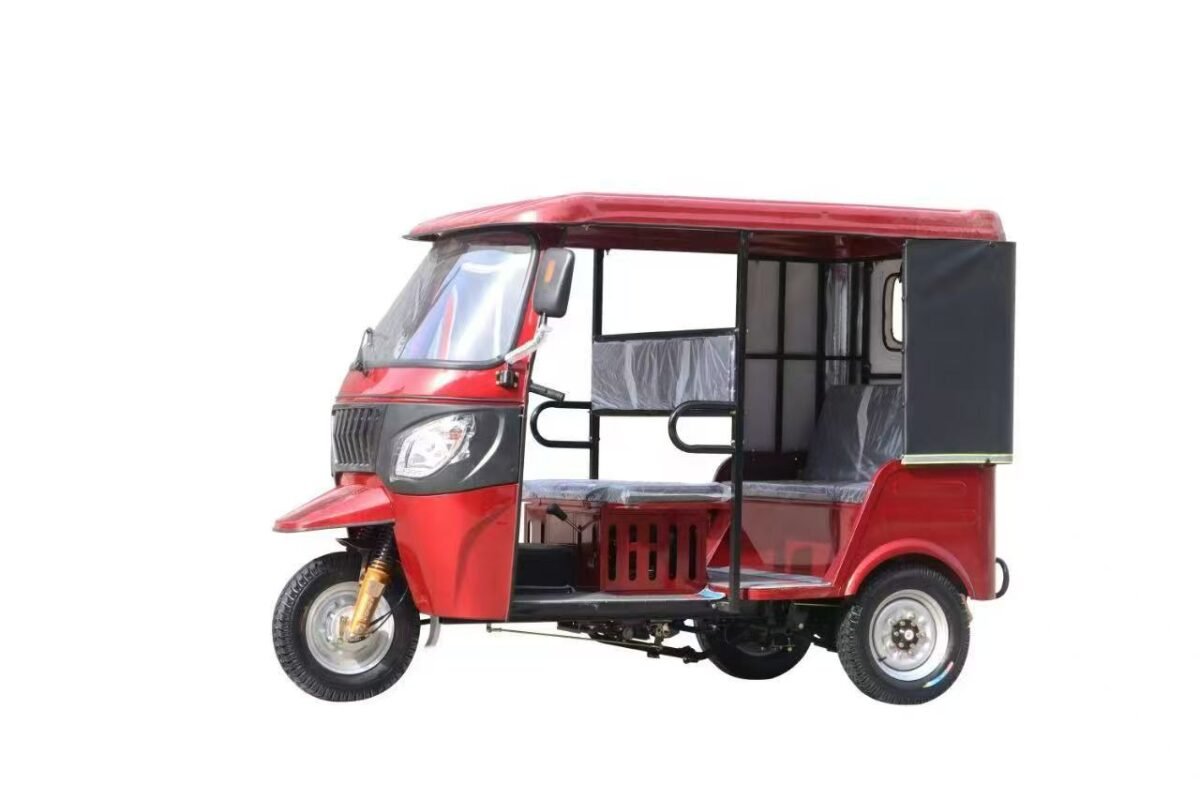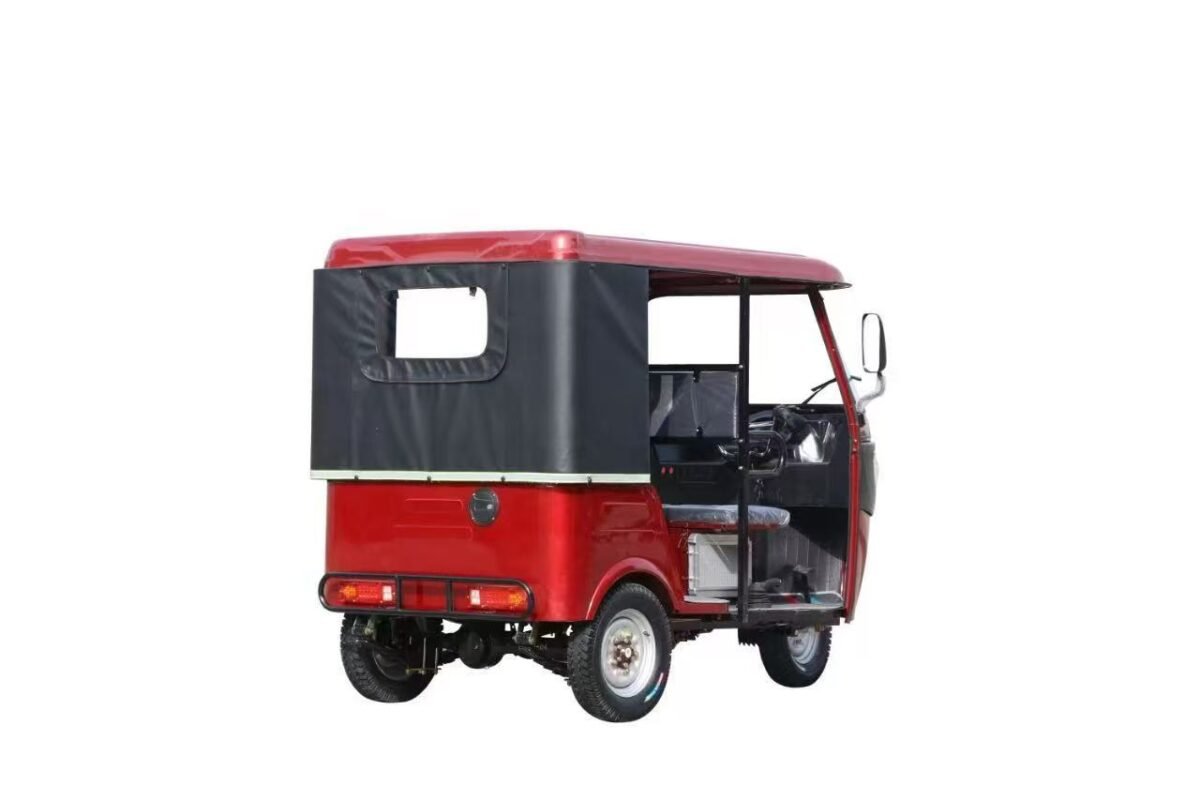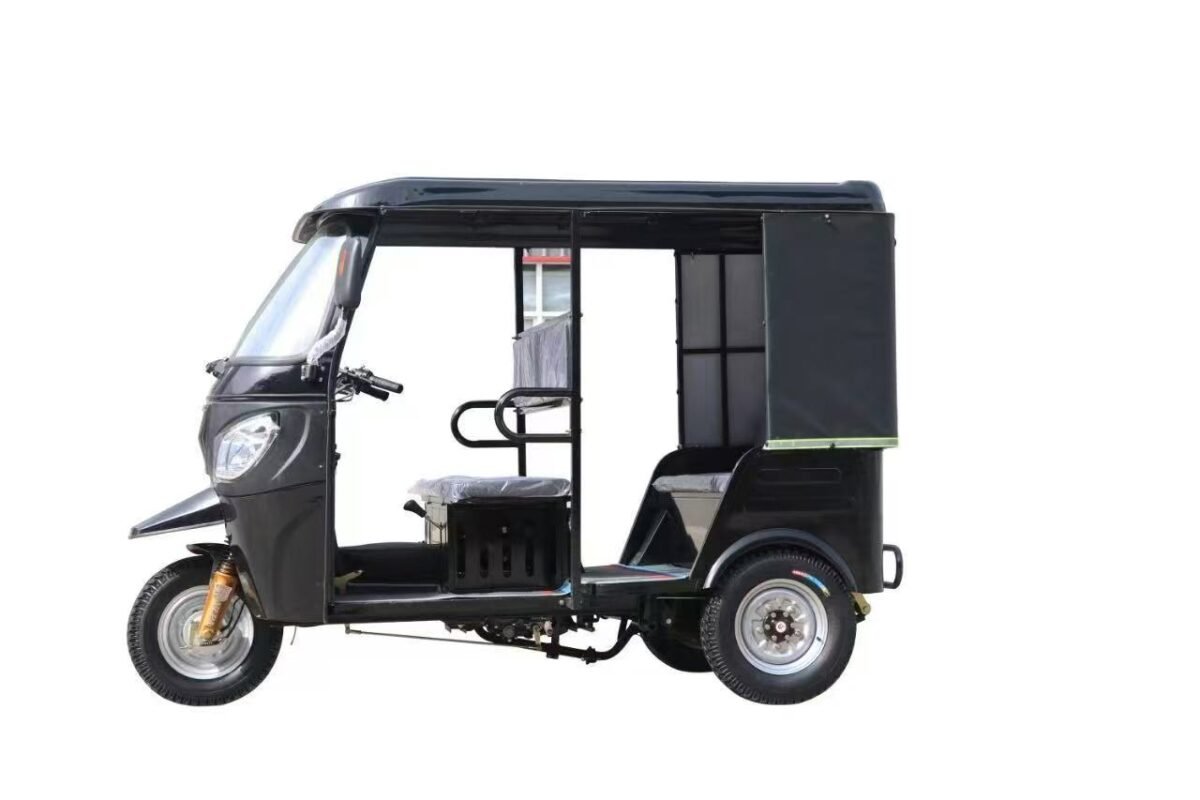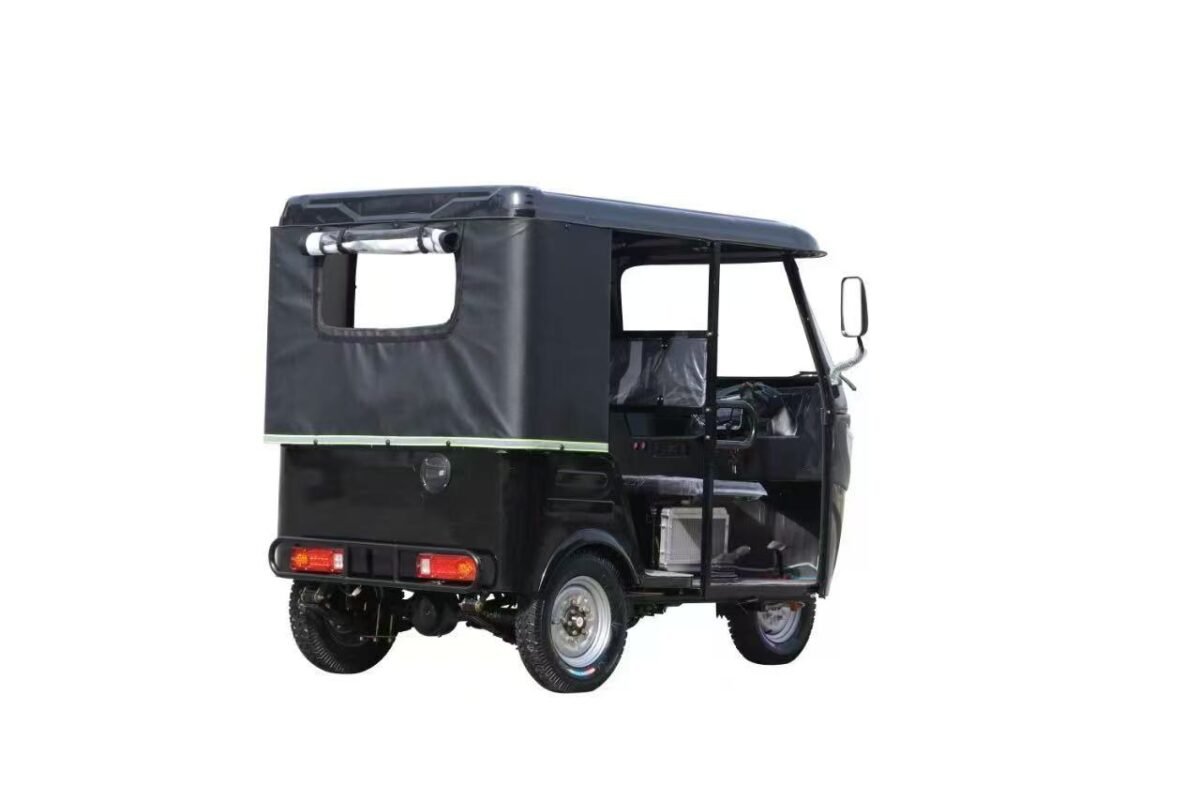
During the 2022 rainy season, the red soil in Wedza District, Zimbabwe, was soaked and sticky. Anna Bobo, 31, carried 15 kilograms of tomatoes (30 jin) on her back, struggling through the mire toward a market 18 kilometers away — the ox-cart had gotten stuck in a depression during the heavy rain the previous night. If she missed the morning market, her family’s food money for the entire week would be lost.

“Back then, I even had to ask my husband for money to buy bread, let alone have a livelihood of my own,” Anna would later recall. In this village where patriarchal values were deeply rooted, women were excluded from public economic activities. Fuel-powered three-wheeled vehicles, in particular, were regarded as “livelihood tools” exclusive to men. Yet soaring fuel prices made life increasingly difficult even for male drivers — filling a tank cost nearly half a day’s income.

Around the same time, engineers in Colombo were worrying over data. TukTuk drivers in Sri Lanka spent 40% of their daily earnings on fuel, and frequent power outages made charging ordinary electric vehicles extremely difficult. “We must combine solar energy with battery swapping,” researchers muttered in the laboratory of the University of Sri Jayewardenepura, staring at the parameters of solar panels. They remembered what local drivers often said: “If only solar energy could replace fuel costs.”

Chapter 2: The Birth of “Hamba”
In early 2023, when staff from “Africa Mobility” drove a brand-new solar-powered TukTuk to the village entrance, Anna thought it was a mirage. The roof was covered with blue-glowing solar panels, like outstretched wings, and the local word “Hamba” — meaning “Let’s go” — was printed on the vehicle body.
The TukTuk was full of thoughtful designs: The 1,000-watt solar panels on the roof used multi-junction technology, with a conversion efficiency exceeding 22%, enabling power generation even on cloudy days on the African savanna; the MPPT (Maximum Power Point Tracking) controller, like a smart steward, adjusted voltage and current in real time to keep the panels operating at their optimal efficiency; the 5 kWh lithium battery pack stored enough electricity to ensure a driving range of over 100 kilometers even without sunlight. The most user-friendly feature was the battery-swapping system — after driving 100 kilometers, Anna could swap for a fully charged battery for just 1 US dollar, saving two-thirds of the cost compared to refueling.
Anna became one of the first lessees. On the day she received her Class D driver’s license, she cried as she touched the steering wheel — this woman, who had once been afraid to go far from home, now took control of her own livelihood.
Chapter 3: A Revolution on Wheels
At 6 a.m., the first ray of sunlight fell on the solar panels, and the dashboard showed that charging had started. Anna drove the “Hamba” through cornfields, with Hilda’s tomatoes, Josephine’s medical kit, and children’s textbooks in the cargo bed.
“I used to have to leave at 3 a.m., and half the tomatoes would be rotten by the time I reached the market,” said Hilda, a farmer. Now she earns an extra 20 US dollars every day, all thanks to Anna’s timely deliveries. The story of Josephine, a community nurse, was even more touching: On a rainy night, she used the TukTuk to rush a pregnant woman with a difficult labor to the hospital. “If we had waited for an ox-cart, both the mother and the baby would have been in danger,” she said.
The changes brought by solar energy didn’t stop there. On sunny days, the roof panels could extend the driving range by 20 kilometers daily, so Anna barely needed to pay for battery swaps; the lightweight body design allowed the TukTuk to move nimbly on narrow dirt roads, easily carrying a load of 450 kilograms. After three months, she not only paid off the first installment of the rental fee but also enrolled her children in a private school.
Chapter 4: A Future Illuminated by Sunlight
Today, a row of neatly parked “Hamba” TukTuks can always be seen at Wedza Market. Female drivers wear uniform sun hats, and the slogan “Solar-Powered, Women-Empowered” is stuck on their cargo beds. Anna’s TukTuk is the most unique — she installed a streaming rearview mirror herself to eliminate blind spots. “I learned this from the modification stories shared by Chinese netizens,” she explained.
The technology of this TukTuk is quietly spreading: In Sri Lanka, the battery-swapping station project has retrofitted 200 TukTuks, with each vehicle reducing carbon emissions by 3 tons per year; in Kenya, farmers use it to transport coffee beans, while the solar panels simultaneously power irrigation systems. Anna has an even bigger dream: “I want to save money to buy a second TukTuk and rent it to single mothers in the village.”
The rainy season has returned, and the red soil is still muddy. But when Anna’s solar-powered TukTuk rolls through puddles, the splashes are no longer muddy signs of helplessness — instead, they are glimmers of hope refracted by sunlight. Just as the slogan on the vehicle body reads: “When the wheels turn, fate changes.”
